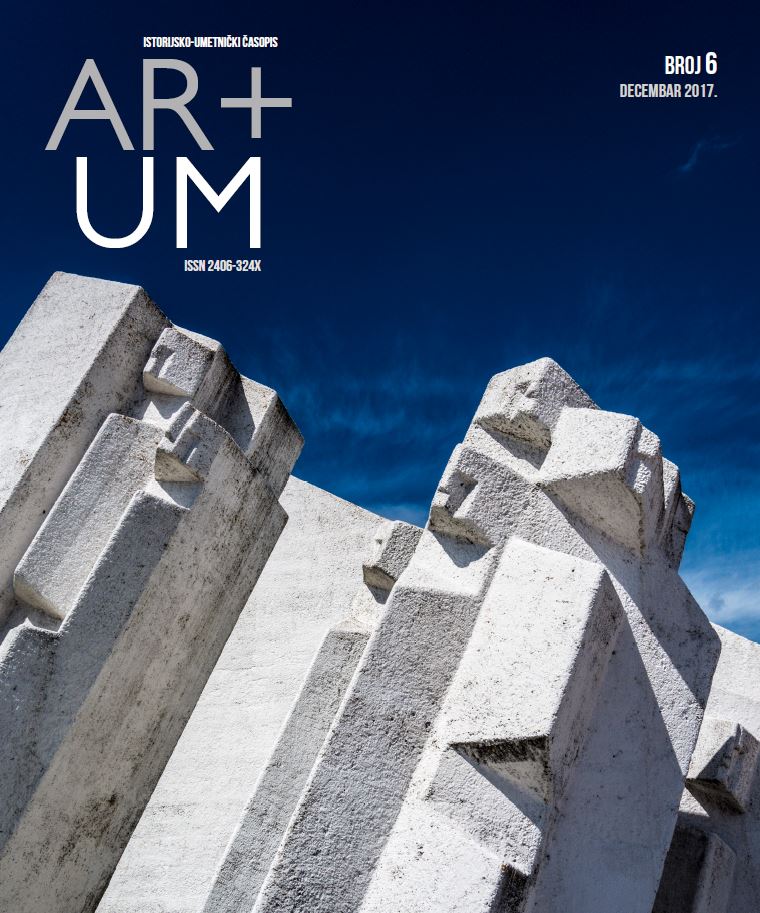Predstave nakita na freskama kasnorimske grobnice u Durostorumu (Silistra)
The Images of Jewelry on the Fresco Paintings of the Late Roman Tomb in Durostorum (Silistra)
Author(s): Marija NarandžićSubject(s): Visual Arts, Ancient World, Sociology of Art
Published by: Филозофски факултет, Универзитет у Београду
Keywords: jewellery;late antiquity;Durostorum;funeral art;tombs
Summary/Abstract: In the Late Antique period, when Christian religion was taking over, painting of the tombs got a new symbolism while having kept its old purpose in representing power and social rank of the deceased ones. By using Durostorum as representative example of the Late Antiquity fresco paintings, we have come to certain conclusions, more or less precisely. Analysis of the represented jewelry provides information about function of jewelry in self presentation and construction of identity. Jewelry is a symbol that indicates social rank of a deceased, financial power, education, beliefs, religion so it does not only contain facts about an individual but also about lifestyle of people in Late Antiquity, in dominant religion and social layering. Fresco paintings emphasize beliefs that people had during their lifetime, but also those about eternal afterlife. However, not surely was the jewelry in tombs a part of funerary customs, as it could be only depicted there, so we cannot know for sure whether it was worn in daily life or just for the occasion. This being said, depictions from Durostorum can be related to many tombs including Beska tomb which shows established patterns in this part of the empire. Jewelry depicted in Durostorum will be analyzed in this paper with a goal of providing complete image of life in a Roman Empire and function of a jewelry in it.
Journal: Artum - Istorijsko-umetnički časopis
- Issue Year: 6/2017
- Issue No: 6
- Page Range: 6-19
- Page Count: 14
- Language: Serbian

